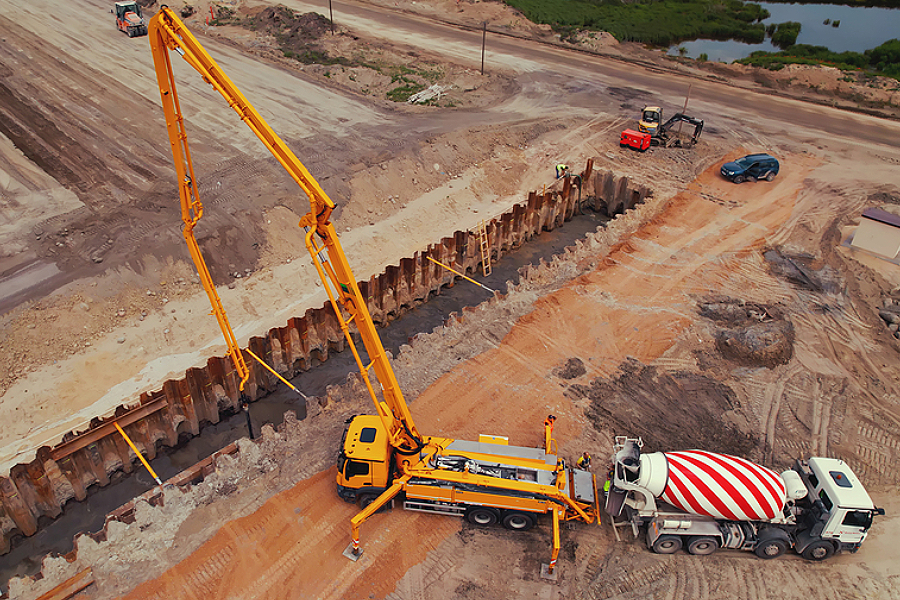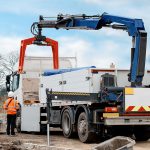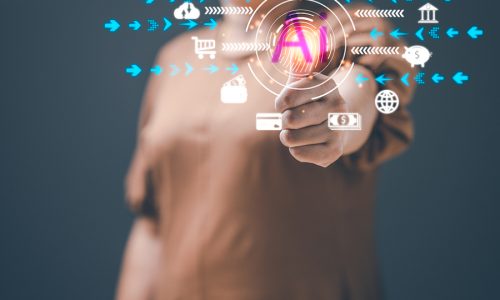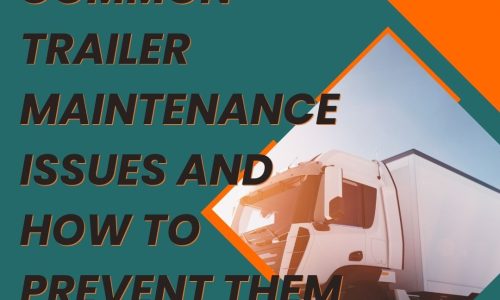- trailerrental
- 0 Comments
- 464 Views
A lorry crane, also known as a truck-mounted crane, is a heavy-duty lifting machine that is mounted on a lorry chassis. It is commonly used in construction, transportation, and logistics industries to lift and move heavy loads over short distances. The crane is equipped with various components that work together to ensure efficient and safe operation. In this article, we will discuss the critical components of a lorry crane and their respective functions.
1. Boom
The boom is the long, extendable arm of the crane used to lift and move heavy loads. It is typically made of high-strength steel and can be extended or retracted as needed. The boom is supported by a hydraulic system that enables it to lift and lower heavy loads with ease.
2. Hydraulic System
The heart of the lorry crane is widely agreed to be the hydraulic system. It comprises a pump, valves, hoses, and cylinders that work together to control the movement of the boom and other components. The lorry’s engine powers the hydraulic system, enabling the crane to lift heavy loads smoothly and safely.
3. Outriggers
The outriggers are the support legs of the lorry crane. They are designed to stabilise and prevent the crane from tipping over during operation. The outriggers are only deployed when the crane is in use and retracted when it is not in use.
4. Winch
Used to lift and lower heavy loads, the winch is undoubtedly a critical component of the lorry crane. It is mounted on the boom and is powered by the hydraulic system. The winch can be controlled remotely, enabling the operator to lift and lower loads precisely and accurately.
5. Control Panel
If one wanted to pinpoint the nerve centre of a lorry crane, the obvious answer would be the control panel. It is where the operator controls the movement of the boom, winch, and other components. The control panel is equipped with various switches, levers, and gauges that provide real-time feedback on the crane’s operation.
6. Hook Block
The hook block is the component that connects the load to the crane. It comprises a hook and a block that can be configured to lift different types of loads. The hook block is designed to distribute the load evenly and prevent it from swinging during lifting.
7. Counterweights
A lorry crane is a delicate piece of machinery. That’s why counterweights are necessary to balance the load and ensure stability during operation. They are typically attached to the back of the crane to counteract the weight of the load being lifted. The size and configuration of the counterweights vary depending on the weight of the load being carried and the height of the boom.
8. Jib
Finally, a jib is an additional extension that can be attached to the end of the boom to increase its reach. It is typically used when the crane needs to reach over obstacles or lift loads at a greater distance. The jib can be attached and detached easily, making it a versatile component of the lorry crane.
Conclusion
A lorry crane is a complex machine composed of various critical components that work in harmony to ensure safe and efficient operations. From the powerful boom and hydraulic system to the stabilizing outriggers, precision winch, and intuitive control panel, each part plays a vital role. The hook block ensures secure connections, counterweights balance the load, and the adaptable jib extends reach as needed. Understanding these components and their functions is essential for the successful operation of a lorry crane.
If you’re considering lorry cranes for your next construction project, you’re in the right place. JustGo, an online truck booking app, not only provides valuable insights into lorry cranes but also offers a wide array of logistics solutions, including tipper trucks and versatile trailers. Simplify your logistics with the JustGo app, and get precisely what you need when you need it. Contact us today to learn more or download our app to get started now.





